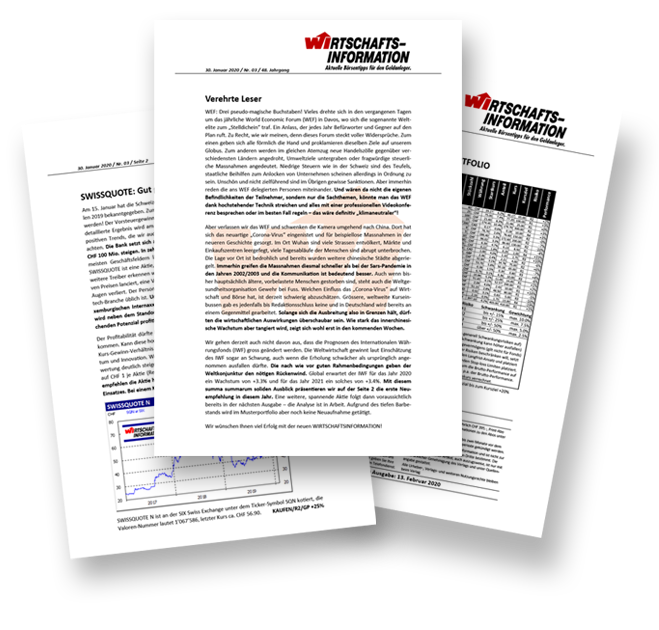Gold price throughout history
Gold has always played a significant role as a store of value and a means of payment. But there were no standards to measure the price of gold. It was not until around 560 BC that King Croesus introduced gold coins as a means of payment, which were stamped with a uniform size and offered a certain standard of quality.
Although gold had long been characterised by a high stability of value, the price of gold changed in leaps and bounds: an insufficient harvest, war or weaker gold production caused the price of gold to rise quickly and sharply. Even then, gold proved to be the primary hard currency in times of crisis.
In 225 BC, the Roman Empire introduced the "aureus", the first gold coin as a standardized means of payment at a uniform gold price. The aureus weighed about 7.8 grams, which would give it a value of more than CHF 260 at today's gold price. At that time gold was rare - and gold coins too valuable (high gold price) - to become accepted as a means of mass payment. For this reason, coins made of silver, a metal that was easier to obtain (low silver price), took over this function.
The constant minting of new silver coins to finance government spending flooded the market and led to persistent inflation. In addition, silver coins lost value because they continually contained less silver. (falling silver price)
In the 3rd century the silver currency collapsed, Emperor Constantine the Great replaced silver with the "Solidus", a gold coin with a high gold content and with an extraordinarily stable value (stable gold price)
Gold the leading currency in Late Antiquity
The demands on size and degree of purity gave the gold currency a previously unattained stability of value of the gold price and had the consequence that the solidus asserted itself as the leading currency of the gold price in Europe, North Africa and the Near East and successfully defended it until the 12th century. One solidus had a weight of 4.55 grams, which corresponds to today's gold price of about CHF 220.
With the decline of Byzantium, the solidus lost importance and disappeared altogether. Gold was no longer seen as a means of payment, but instead as an investment.
It was not until the Crusades and free trade (from 1095) that gold currencies (uniform gold price) were introduced, which were also widely used as global currency reserves. These new currencies included the florin from Florence, the ducat from Venice and the genovino from Genoa.
For a long time the price of gold proved to be extremely stable, until at first in the 14th century a continuous increase in the value of the commodity gold occurred, which lasted in this way for 200 years.
Inflation - increase in the quantity of gold - falling gold price
Through the discovery of America, the plundering of the gold treasures of the Incas and other peoples, large quantities of gold reached Europe during a short period of time. This led to inflation throughout Europe, which in turn led to a fall in the price of gold. An additional devaluation of gold coins was caused by the deterioration of the quality of the coins, e.g. by the addition of copper during the remelting of gold coins - the price of gold continued to fall.
Gold standard
After the gold glut had dried up and the price of gold was subject to strong fluctuations, silver again gained importance as a reserve currency alongside gold. In bimetallism, the value relationship between the price of gold and the price of silver was legally fixed. In this way it was possible to increase the volume of accepted means of payment throughout the world without diluting the price of gold.
The British Empire was the first country to introduce the gold standard with the so-called "Coin Act". On June 22, 1816, Great Britain officially declared the gold standard to be the national currency. Because of the Empire's leading role in international economic relations and financial policy, many countries pegged their currencies to the pound sterling - Germany in 1871, France and Switzerland in 1874, the United States in 1879, and Russia and Japan in 1897.
Gold was the trigger for the very first Black Friday on the New York Stock Exchange on September 24, 1869. In an attempt to register the price of gold, two speculators, James Fisk and Jay Gould, caused the market to collapse as the price of gold skyrocketed.
After the end of World War I, the return to the temporarily suspended gold standard was conditionally successful; the Great Depression and the banking crisis in the United States in the early 1930s caused many countries to go off the gold standard.
It was not until 1944 that an international monetary system based on the gold standard was reintroduced with the Bretton Woods system; this time with the US dollar as the reserve currency. Unlike Britain's Coin Act, exchange rates had a certain bandwidth.
In 1973, the Bretton Woods system was abolished and exchange rates freed up. This had a noticeable effect on the price of gold: While the price of gold moved at a sedate pace for many decades in the 20th century, the price of gold clearly increased after the end of Bretton Woods, reaching a preliminary gold price record of more than USD 600 per troy ounce in the early 1980s. By 2010, the record gold price set in 1980 had doubled and remained at unprecedented levels.

The Swiss stock market letter WIRTSCHAFTSINFORMATION
- Every 14 days 10-12 pages of stock market tips for shares, precious metals and commodities
- Profit, risk assessment per stock recommendation
- Editorial with market assessment
- Actively managed sample portfolio
- Stock market tips + stock recommendations formulated in an understandable way
- Advertising-free, independent and objective To thereading sample